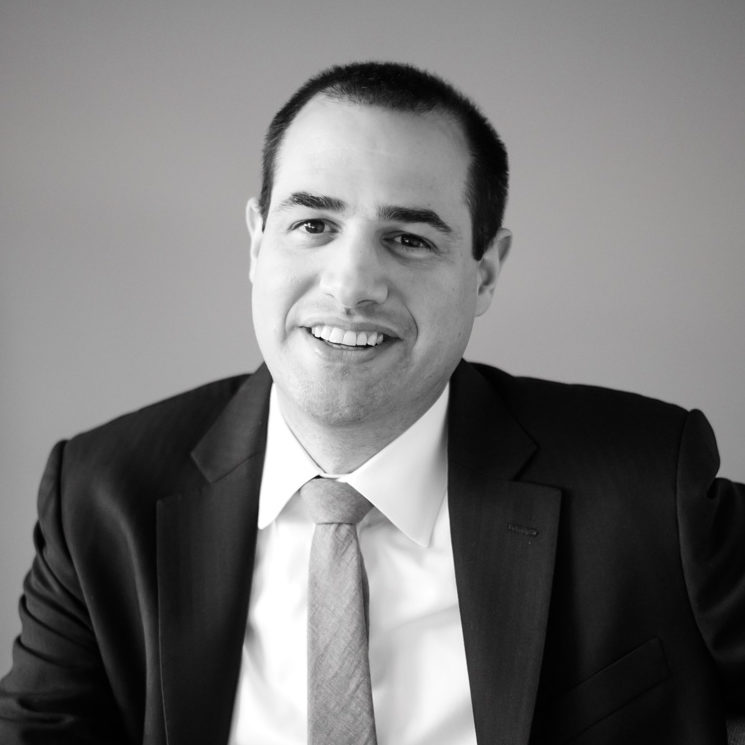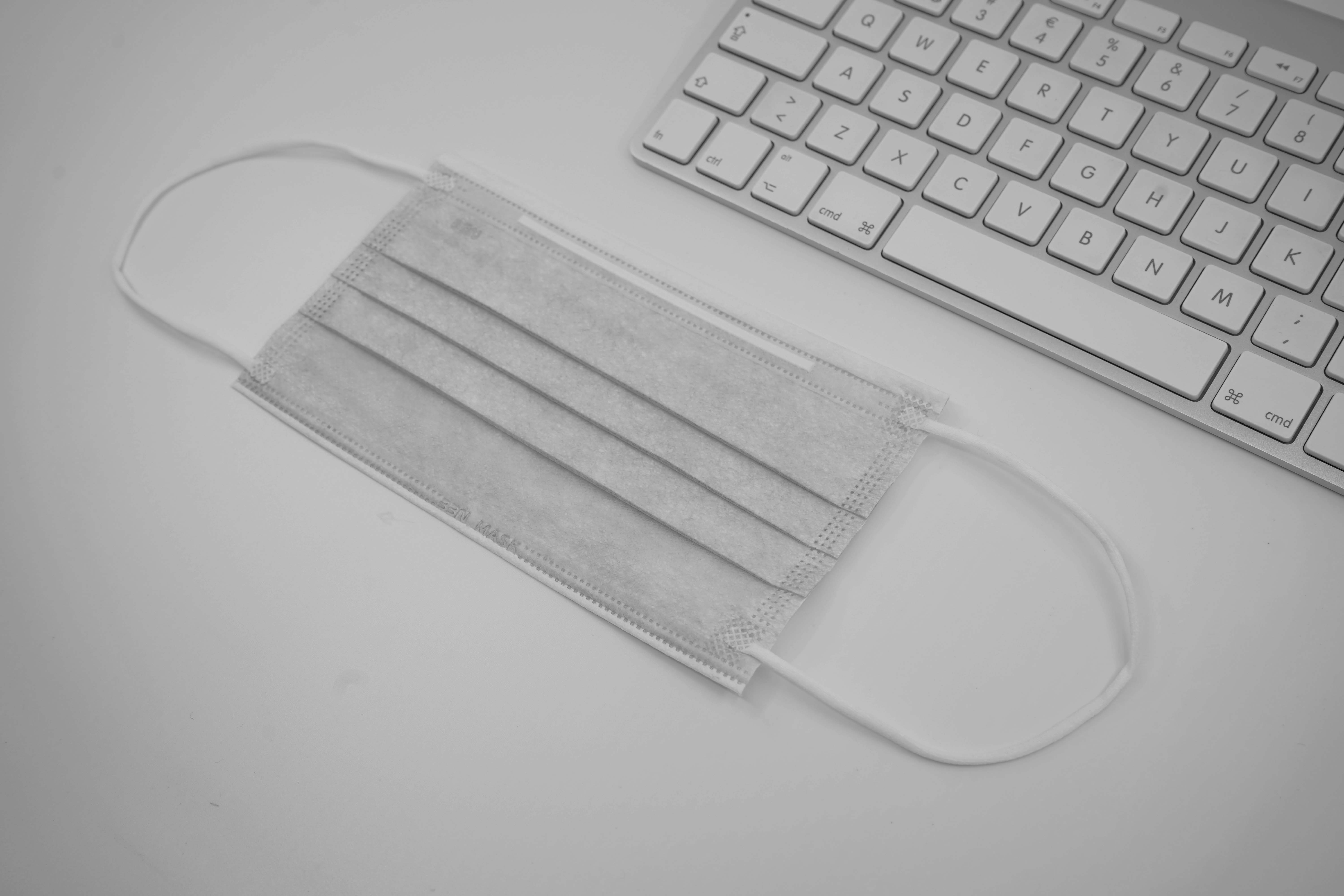U.S. Supreme Court to Weigh in on Structured Dismissals and Settlements Circumventing the Bankruptcy Code’s Priority Scheme
On June 28, 2016, the U.S. Supreme Court agreed to hear a challenge to a Third Circuit-affirmed settlement and dismissal of the chapter 11 cases of Jevic Transportation, Inc. (“Jevic”) and certain of its affiliates. See Official Comm. of Unsecured Creditors v. CIT Grp./Bus. Credit Inc. (In re Jevic Holding Corp.), 787 F.3d 173 (3d Cir. 2015), cert. granted Czyzewski v. Jevic Holding Corp., No. 15-649, 2016 WL 3496769 (U.S. 2016). Specifically, the Supreme Court will determine whether a settlement Jevic made with its secured lenders and the official committee of unsecured creditors (the “Committee”), which included a “structured dismissal” of Jevic’s bankruptcy cases, runs afoul of the payment priority scheme set forth in title 11 of the United States Code (the “Bankruptcy Code”).
Jevic and certain of its affiliates filed chapter 11 petitions in May 2008 in the United States Bankruptcy Court for the District of Delaware (the “Bankruptcy Court”), and the Committee was formed shortly thereafter. Jevic, 787 F.3d at 176. At the time of filing, Jevic owed approximately $53 million to several secured creditors, including CIT Group/Business Credit Inc. (“CIT”) and a subsidiary of the private equity firm Sun Capital Partners (“Sun Capital”), and more than $20 million to its tax and general unsecured creditors. Id. Two years prior to Jevic’s bankruptcy filing Sun Capital acquired Jevic in a leveraged buyout financed by a group of lenders led by CIT, and at the time of the bankruptcy filings Sun Capital and CIT each held first-priority liens over substantially all of Jevic’s assets. Id. at 175-76.
The legal issues surrounding the settlement and dismissal made their way to the Third Circuit as a result of two lawsuits that were filed in the Bankruptcy Court during the chapter 11 proceedings. Jevic, 787 F.3d at 176. The first was a class action lawsuit filed by a group of Jevic’s terminated truck drivers (collectively, the “Drivers”) against Jevic and Sun Captial alleging violations of federal and state Worker Adjustment and Retraining Notification (WARN) Acts, “under which Jevic was required to provide 60 days’ written notice to its employees before laying them off” (the “WARN Lawsuit”). Id.; see also 29 U.S.C. § 2101; N.J. Stat. Ann. § 34:21-2. The Drivers’ estimated claim in the bankruptcy cases was $12.4 million, of which $8.3 million likely was entitled to priority of payment under section 507(a)(4) of the Bankruptcy Code as employee wages. Id. at 177; see also In re Powermate Holding Corp., 394 B.R. 765, 773 (Bankr. D. Del. 2008) (“Courts have consistently held that WARN Act damages are within the ‘the nature of wages’ for which § 507(a)(4) provides [a priority of payment].”). The second lawsuit, brought by the Committee against CIT and Sun Capital, alleged, among other things, that the leveraged buyout saddled Jevic with excessive debt while requiring it to operate with minimal capital (the “LBO Lawsuit”). Id.
In March of 2012, representatives of the Committee, Sun Capital, CIT, Jevic and the Drivers convened to negotiate a settlement of the LBO Lawsuit. Jevic, 787 F.3d at 176. By that time, however, Jevic’s only remaining assets were $1.7 million in cash (which was subject to Sun’s Capital’s lien) and the LBO Lawsuit, because all of Jevic’s tangible assets had been liquidated to repay CIT Group. Id. As a result of those discussions, all parties other than the Drivers reached a settlement pursuant to which, among other things, (i) mutual releases would be executed, (ii) Sun Capital’s lien on Jevic’s $1.7 million in cash would be assigned to a trust that would pay tax and administrative creditors first and then general unsecured creditors on a pro rata basis, (iii) CIT would pay $2 million into an account earmarked to pay Jevic’s and the Committee’s legal fees and other administrative expenses; and (iv) Jevic’s chapter 11 cases would be dismissed. Id. at 177. As described by the Third Circuit, “[t]he parties’ settlement thus contemplated a structured dismissal, a disposition that winds up the bankruptcy with certain conditions attached instead of simply dismissing the case and restoring the status quo ante.” Id. at 177.
Notably absent as parties to the settlement agreement were the Drivers who, the Third Circuit surmises, were not able to reach an agreement with the other parties in large part because Sun Capital was a defendant in the WARN Lawsuit and was unwilling to fund litigation against itself. Jevic, 787 F.3d at 179. Moreover, the settling parties effectively acknowledged that the Committee only would negotiate a deal under which the Drivers were excluded because a settlement that paid the Drivers’ wage priority claim would have left the Committee’s constituents “with nothing.” Id. at 178. In the end, the Drivers were left completely out of the settlement, and “never got the chance to present [their] damages case in the Bankruptcy Court” due to the structured dismissal. Id. at 177. Consequently, both the Drivers and the United States Trustee objected to the proposed settlement and dismissal “mainly because it distributed property of the estate to creditors of lower priority than the Drivers under § 507 of the Bankruptcy Code.” Id. at 178. The Bankruptcy Court rejected the objections and approved the proposed settlement and dismissal. Id. The Drivers appealed to the U.S. District Court for the District of Delaware, which subsequently affirmed the Bankruptcy Court’s approval of the settlement and dismissal. Id. at 179.
On appeal, the Third Circuit answered the question of whether “a case arising under Chapter 11 [may] ever be resolved in a ‘structured dismissal’ that deviates from the Bankruptcy Code’s priority system” by finding that “in a rare case, it may.” Jevic, 787 F.3d at 175. The Third Circuit “admit[ted] that it [was] a close call,” but stated that approval of the settlement agreement and structured dismissal “remained the least bad alternative since there was ‘no prospect’ of a plan being confirmed and conversion to Chapter 7 would have resulted in the secured creditors taking all that remained of the estate . . . .” Id. at 184-185. Indeed, the court stated that the Drivers proved only that the Bankruptcy Code forbids structured dismissals when they are used to circumvent the plan confirmation process or conversation to chapter 7. Id.at 181.
In affirming the appeal of the settlement and dismissal, the Third Circuit reinforced a circuit split with the Fifth Circuit, which held in U.S. v. Aweco Inc. (In re Aweco, Inc.), 725 F.2d 293 (5th Cir. 1984), that a bankruptcy court cannot approve a settlement agreement between a debtor and a junior creditor if the objections of senior creditors regarding priority are not respected. Id. at 298. Nevertheless, the result in Jevic is not without support, as the Second Circuit similarly held in the case of Iridium Capital Corp. v. Official Committee of Unsecured Creditors (In re Iridium Operating LLC), 478 F.3d 451 (2d Cir. 2007), that a settlement may deviate from the Bankruptcy Code’s priority scheme in certain circumstances. Id. at 464-465. The more recent decisions in the Second and Third Circuits, therefore, reflect the notion that approval of a settlement violating the Bankruptcy Code’s priority rules may be favorable to no settlement at all. This conflict, however, creates uncertainty regarding the scope of settlement agreements and structured dismissals, and bankruptcy practitioners, bankruptcy courts and parties in interest in bankruptcy cases hopefully will gain valuable guidance from the Supreme Court’s decision, once rendered.
The author would like to thank Adam Morsy, a summer associate at Cole Schotz P.C., who assisted in drafting this blog post.
As the law continues to evolve on these matters, please note that this article is current as of date and time of publication and may not reflect subsequent developments. The content and interpretation of the issues addressed herein is subject to change. Cole Schotz P.C. disclaims any and all liability with respect to actions taken or not taken based on any or all of the contents of this publication to the fullest extent permitted by law. This is for general informational purposes and does not constitute legal advice or create an attorney-client relationship. Do not act or refrain from acting upon the information contained in this publication without obtaining legal, financial and tax advice. For further information, please do not hesitate to reach out to your firm contact or to any of the attorneys listed in this publication.
Join Our Mailing List
Stay up to date with the latest insights, events, and more




